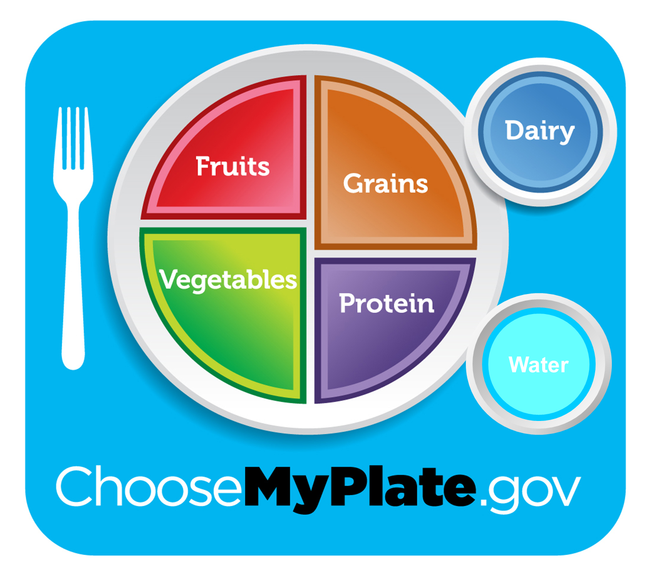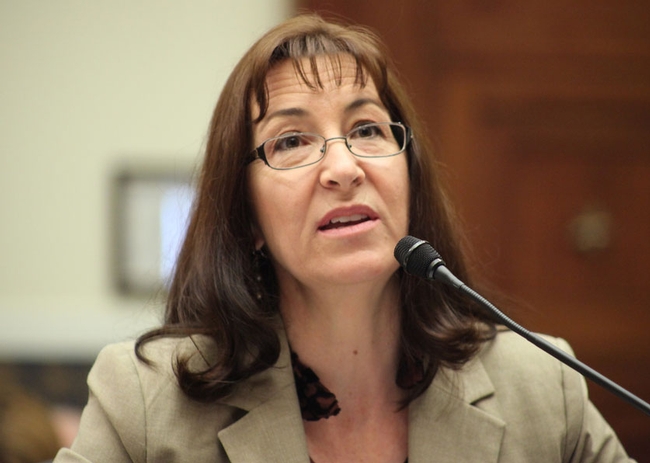
Ritchie has joined with dozens of nutrition and health professionals around the country to ask that the USDA put water onto MyPlate.
“We don't have all the answers to overcoming obesity, but the research on sugar-sweetened beverages is very clear,” Ritchie said. “When you drink beverages like soda, sports drinks or punch, the sugar gets absorbed very rapidly and the body doesn't recognize the calories. The result is excess calories and weight gain.”
The USDA introduced MyPlate in 2011 to reflect the message of its Dietary Guidelines for Americans, 2010. Federal law requires that the guidelines be reviewed, updated and published every five years.
“USDA officials say that, in order to change MyPlate, there must be more information in the dietary guidelines about water,” Ritchie said. “We are working through the public comment process to ask the advisory board to promote water as the beverage of choice.”
The ultimate goal – a new water icon on MyPlate – is important because of its high visibility. MyPlate is found on elementary school classroom walls and cereal boxes; at community gardens and the grocery store produce aisle.

“They see MyPlate as the face of the dietary guidelines and are very supportive of using the image as a teaching tool,” Hecht said. “They also supported the idea of adding a symbol for water.”
She shared the California educators' thoughts on MyPlate with her USDA contacts. “When they get a story from the field, it really matters to them,” Hecht said.
Ritchie and her colleagues around the country submitted a “Best of Science” letter to the Dietary Guidelines Advisory Committee imploring them to strengthen the language for drinking water.
“Current research indicates that children, in particular, are subject to ‘voluntary dehydration' from low intake of plain water,” the letter says. “Between 2005 and 2010, more than a quarter of children aged 4 to 13 years old in the U.S. did not have a drink of plain water on two consecutive days.”
Instead, they are drinking sugary beverages. National surveys in the early 2000s found that, on any given day, 84 percent of 2- to 5-year-old children drank sugar-sweetened beverages like sodas, sports drinks and fruit punch. The calories amounted to 11 percent of the children's total energy intake.

- Sugar-sweetened beverages – including sodas, juice drinks, pre-sweetened tea and coffee drinks, and fortified or energy drinks – are among the top sources of calories for children and adolescents.
- Between the late 1960s and early 2000s the consumption of sugar-sweetened beverages doubled.
- While the American Heart Association recommends no more than 6 teaspoons of added sugars per day for women and 9 teaspoons per day for men, the average U.S. consumption is 17 teaspoons per day.
- Low-income populations have higher intakes of sugar-sweetened beveragesand Latino children drink more of them than white children.
- Cardiovascular disease, present in more than one-third of American adults, is now understood to be exacerbated by the inflammatory effects of excess sugar consumption.
- Excess sugar consumption is a risk factor for non-alcoholic fatty liver disease, a precursor to diabetes.
Attached Files: